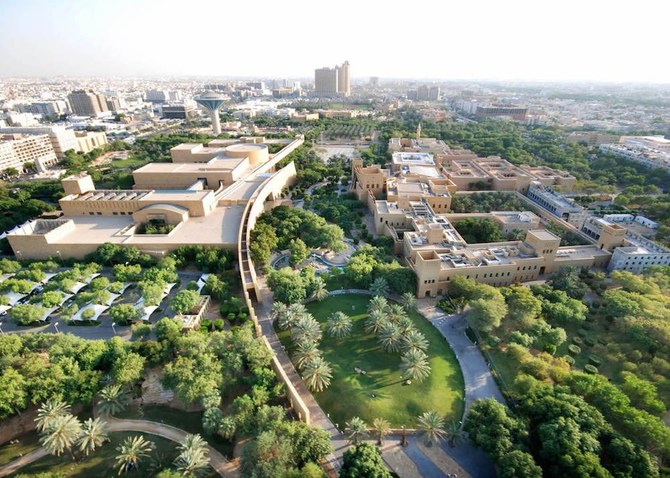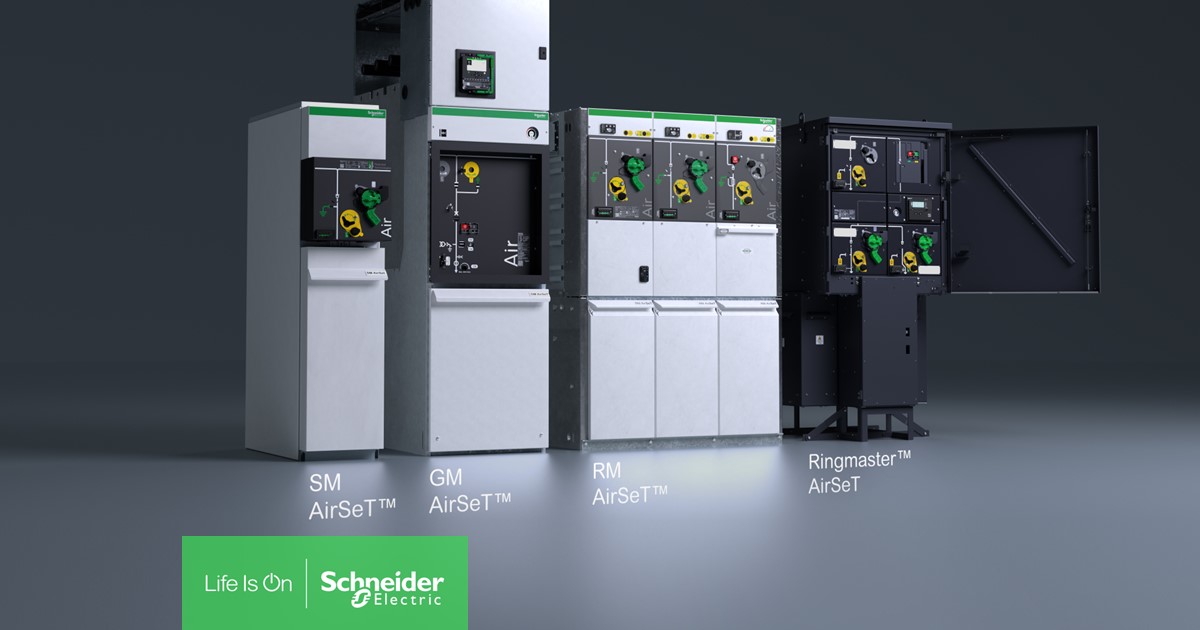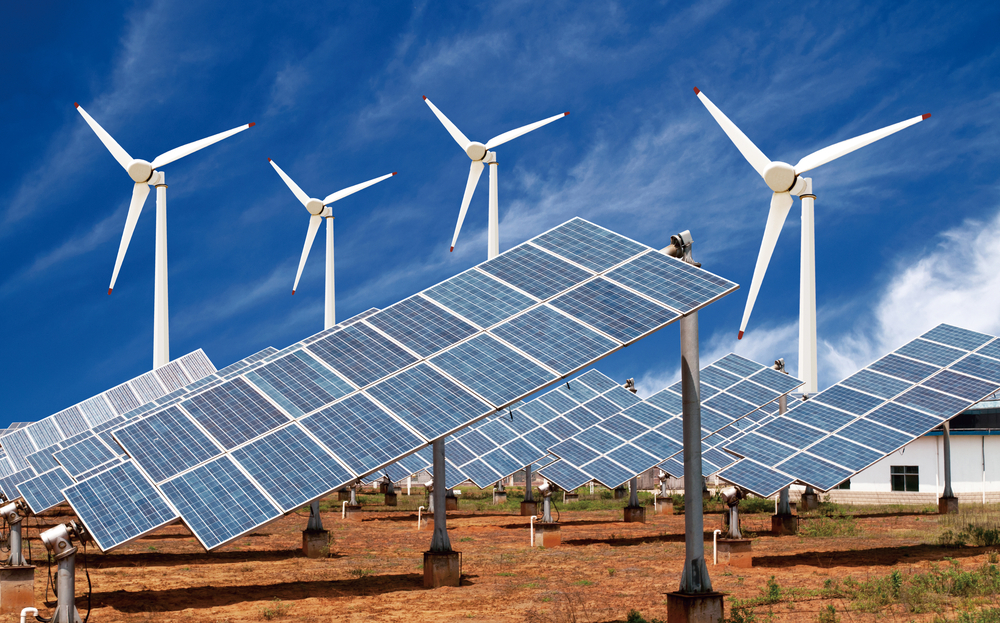At a time when much of the world is racing toward net-zero targets, the Arab world faces a difficult question: can economies built on oil realistically go half green?
Speaking at a recent regional forum titled “Empowering the Future: Energy Transition and Economic Diversification in Arab Countries,” the Secretary General of the Arab Energy Organization (AEO), Jamal Al-Loughani, called for what he described as “balance” in the global energy system.
For decades, oil and gas have been instruments of power and geopolitics. The economies of Saudi Arabia, the UAE, Kuwait, and Qatar are underpinned by hydrocarbons that fund everything from public salaries to infrastructure.
So when Al-Loughani speaks of balance, he means that the region cannot simply “switch off” its oil and gas industries. Instead, it must integrate renewables into its energy mix without undermining the stability those traditional sectors provide.
It is a pragmatic stance and a necessary one. While that view may sound cynical, it captures the tension at the heart of the transition: how to go green without going broke.
Despite the pushback, the scientific and economic cases for decarbonization remain overwhelming. Fossil fuels may have powered human progress, but they have also driven up global temperatures, polluted cities, and made extreme weather more frequent and costly.
Yet, as Al-Loughani pointed out, oil and gas have also provided reliable energy and employment to millions. They are part of what separates industrialized nations from those still struggling to develop. That’s why any credible transition plan in the Middle East must be both green and grounded.
Al-Loughani has proposed that Arab nations limit oil and gas’s share of the energy mix to below 50%, effectively aiming for a system where renewables and low-carbon sources account for the other half.
That sounds ambitious but not impossible. Since 2020, Arab investments in renewables have risen by 35%, reaching nearly $18 billion. The UAE, for instance, has launched one of the most aggressive energy transition strategies in the region.
Inside the UAE Energy Strategy 2050
The UAE’s Energy Strategy 2050 calls for investing AED 150–200 billion (roughly $40–55 billion) by 2030. The goal is to triple the contribution of renewables, and expand installed clean-energy capacity from 14.2 GW to nearly 19.8 GW by the end of the decade.
The plan rests on four key pillars:
- Reaching net zero by 2050 meaning that any carbon emitted is offset by an equivalent amount removed from the atmosphere.
- Phasing out clean coal, eliminating even “clean” or low-emission coal from the national grid.
- Improving energy efficiency by 42–45% compared to 2019, in practice, that means producing more economic output using less energy through better technology, smarter grids, and efficient buildings.
- Creating 50,000 new green jobs by 2030 in fields like solar and wind engineering, battery storage, sustainable construction, electric mobility, and climate data analytics.
The European Union is the clearest example of how this “balance” model works in practice. Germany recently approved the sale and repurposing of one of its massive coal mines as part of a continent-wide divestment strategy, a move that mirrors what Arab nations hope to achieve: scaling down fossil fuels while scaling up renewables.
In the Middle East, the UAE’s Masdar City, Saudi Arabia’s NEOM Green Hydrogen Project, and Egypt’s Benban Solar Park are early experiments in building future economies around renewable power while keeping existing industries afloat.
But the region’s challenge is not just technological, it is cultural and political. Oil wealth has long been tied to national identity and geopolitical leverage. Moving to a post-oil world means rewriting that story.
If the Middle East truly wants to go 50% green, it will need to do more than build solar panels and wind farms. It will need to reinvent how energy wealth translates into social stability and economic opportunity.
For now, Al-Loughani’s call for balance is less about abandoning oil and more about acknowledging a truth most governments quietly share: The energy transition is not a clean break, it is a careful negotiation between the world we inherited and the one we are trying to build.



